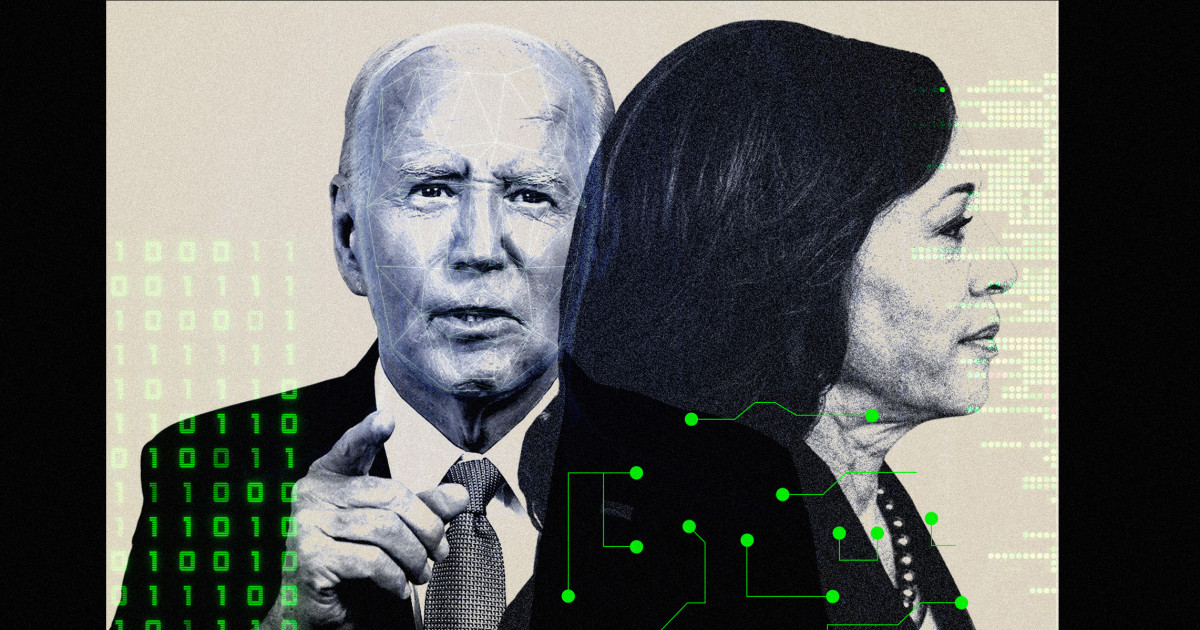🕵🏻 Uncovering Truths
AI is turning crime scenes into data-rich environments, enhancing evidence discovery while raising ethical concerns about the power of technology.

Today's Highlights
- How AI is helping in Forensic Analysis
- Learn - a couple of courses to further your knowledge in AI
- AI Jobs - a listing of fresh jobs related to AI
- In Other News - a few interesting developments we're tracking
By integrating advanced computational techniques into investigative processes, AI is reshaping how crime scenes are analyzed, evidence is interpreted, and suspects are identified. From enhancing the accuracy of facial recognition to automating the analysis of complex digital and DNA evidence, AI offers unprecedented tools for law enforcement and forensic experts. As AI continues to evolve, its impact on forensic analysis will likely expand, promising both significant advancements and challenges in the pursuit of justice.
Crime Scene Analysis
AI can analyze crime scene images to identify and categorize evidence such as blood spatter patterns or fingerprints. For instance, algorithms trained on vast datasets of crime scene photos can help forensic experts identify key pieces of evidence more quickly.
DARPA (Defense Advanced Research Projects Agency) has developed projects like the Perceptually-Driven Intelligence (PDI) program, which uses AI to analyze and interpret images from crime scenes, aiding in evidence detection and classification.
Facial Recognition
Facial recognition systems use AI to match faces from surveillance footage with databases of known individuals. This technology can be used to identify suspects or find missing persons by comparing facial features in images.
Clearview AI provides a facial recognition tool that has been used by law enforcement agencies to match images from crime scenes or surveillance footage with its extensive database of publicly available images.
Digital Evidence Analysis
AI tools can sift through large volumes of digital data, such as emails or social media posts, to identify relevant information or patterns. This is crucial for investigations involving cybercrime or digital evidence.
Cellebrite offers digital forensics tools that use AI to analyze data from mobile devices, enabling investigators to recover deleted files, analyze communication patterns, and identify potential evidence.
DNA Analysis
AI can enhance the analysis of complex DNA samples, improving the accuracy of matching DNA profiles and identifying potential familial relationships between individuals.
Thermo Fisher Scientific offers the Ion Proton sequencing technology, which leverages AI to analyze DNA sequences more efficiently and accurately, aiding in forensic investigations.
AI is a powerful tool in forensic analysis, offering new capabilities and efficiencies that were previously unattainable. As technology continues to advance, its role in criminal justice is likely to grow, provided that its implementation is carefully managed and ethically considered.
📚 Learn
|
NVIDIA
|
|
University Of Leeds
|
🧑💻 Jobs
|
Johnson & Johnson
|
|
Cisco Systems
|
🔔 In Other News





